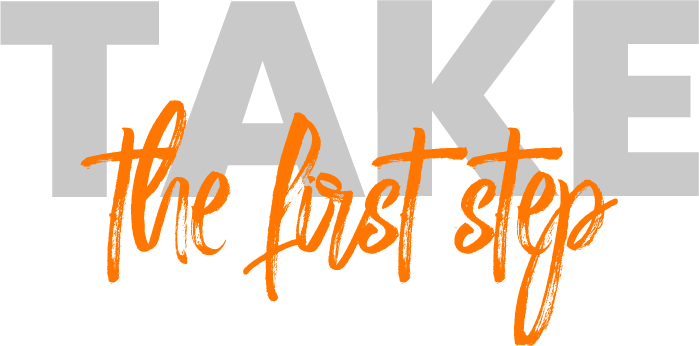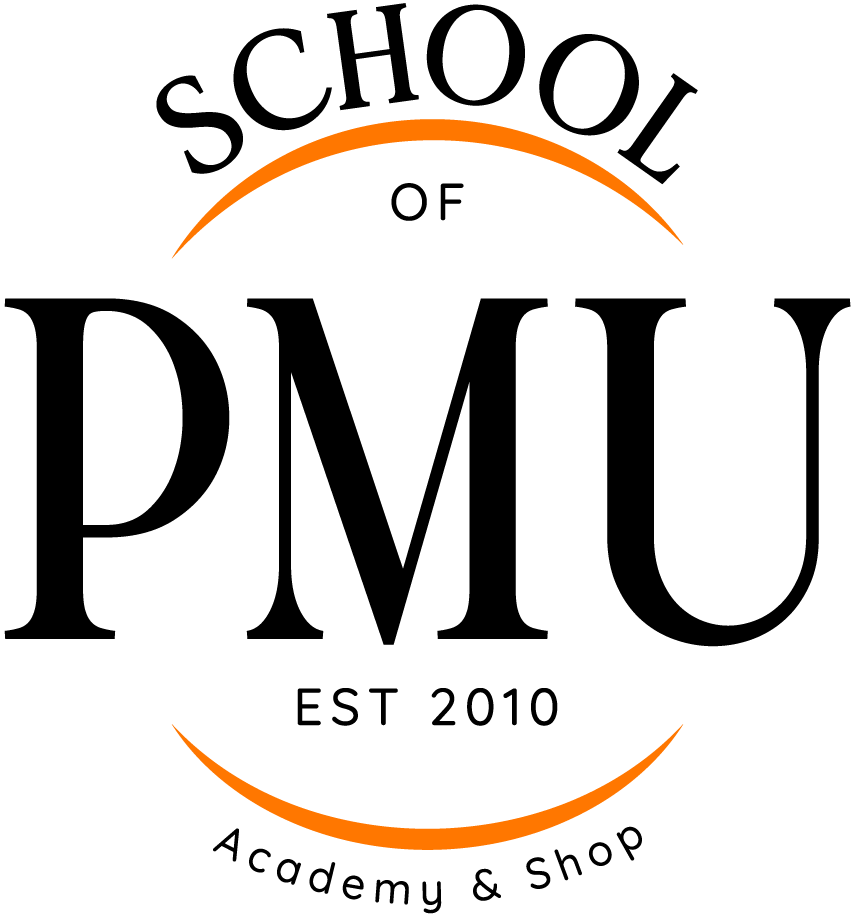Permanent make-up requires not only good pigments, instruments, and specialists, but also good needles. It is impossible to overestimate their role. Even a virtuoso will be powerless without high-quality instruments at his disposal.
At first, any new tool will appear unfamiliar, which will impede the discovery of its advantages. If you wish to try various techniques and expand your knowledge of the subtleties of permanent make-up, you should try to give each needle the opportunity to show its abilities. A pricking needle has the form of a shaft (an elongated cylinder with a sharpened tip) and is designed for partial penetration into the dermis.
The main function of permanent make-up needles is to penetrate into the protective layers of the epidermis and deliver pigment to the papillary layer of the dermis with minimal damage to the skin. This function entails certain requirements to selecting and using needles in permanent make- up procedures.
REQUIREMENTS TO NEEDLES
First and foremost, they must be:
• High-quality,
• Sharp,
• Sterile and disposable for each client.
Needles for permanent make-up are produced from steel-alloy needle wire. They are sharpened, polished, individually packaged, and pre-sterilized.
The success of every procedure depends on the sharpness and quality of a needle. Any contact with an external object will dull the needle and change its geometric form, which, in turn, will impede its penetration into the epidermal tissue and lead to trauma. For example, with the PMU machine switched on, when we dip the tip with the needle into a disposable container with pigments, the needle is dulled from the contact with the bottom of the cap.
How much ink should be introduced? This depends on the objective of the procedure performed by the permanent make-up specialist.
It should be kept in mind that the thinnest layer of the skin on the eyelids is approximately 0.1-0.3 mm thick. The thickest skin, on the feet and palms, is 1-2 mm. On average, over the entire surface of the skin, the thickness is approximately 0.5-0.7 mm. Today, I keep hearing about a new technology, a so-called PMU procedure without scabbing. If you scratch yourself with a sharp needle, this will result in sanies and, later, scabbing.
Everyone who is interested in the PMU techniques knows that there are different types of needles. The diameter of needles for permanent make-up ranges from 0.25 to 0.4mm.
The aesthetic and creative percep- tiveness of each specialist gives rise to a gamut of alleged styles and areas that represent com- binations and versions of three elements: contour lines, zones of dense color saturation, and zones of tonal transition (shading).
SHARPENING OF NEEDLES
According to the type of sharpening, needles can be divided into two types: long-taper and bullet-shaped needles (short- taper). The first type of needles is used for contouring and soft shading. They introduce less ink and the
ink doesn’t smudge, which allows better control of color gradation. Such needles leave very fine and thin marks. They are used, as a rule, in flat needle groups.
The second type is used for dense filling in, and it distributes the ink evenly. Such needles introduce a greater quantity of pigment; more effort is required during their use. The marks of short-taper needles are larger and more prominent. They are used in needle groups for shading and filling in the outline.
Although this is not a sacred rule, everything depends on the skills and professionalism of the PMU artist. An experienced liner can create an ideal contour even with a thick needle.
POLISHING OF NEEDLES
I would like to further discuss the polishing of needles.
Needles can be polished or textured; needles with so-called silicone or silver coatings have become available on the market as well. However, let’s not get carried away with the variety of needles and instead be wise and use logic.
What sort of functional significance does silver coating have? I believe none whatsoever. This is nothing but a special feature offered by the manufacturer.
Moreover, in the needle configuration, if the tip is made of metal, the friction of the silver needle against it will give an unusual tint to the pigment. Particles of silver sully the pigment when they get into it. It is very noticeable in light inks, especially white. Therefore, following this logic, it is best to use plastic tips with such needles, as this will yield a pure color.
Needles with silicon coatings work poorly with glycerin pigments due to the fact that both surfac are smooth. The pigment slides along the needle and does not get implanted into the skin, but rather stays on the surface.
Textured needles. This is where opinions differ: some say that this product with a rough surface is almost no panacea for successful implantation of the pigment into the skin. I have used this type of needles, but have not observed any difference in the quantity of ink implanted into the skin. Such needles are believed by some to be very traumatic for the skin due to their roughness. Others say that with such needles pigment is introduced into the skin much quicker, which means there is less trauma involved.
I am inclined to believe that there is no difference with what needle ink is implanted into the skin, although there is a difference in the degree of damage of the skin. The nature of textured needles, most likely, is such that in a multi- step process of polishing of flat needles the surface irregularities are removed; some needles have defects. These needles are graded as textured needles so that they might be sold anyway. This is a simple marketing ploy, which contradicts science. Some manufacturers knowingly market these needles as a brand.
Smoothed needles are the least traumatic. However, I should say that everything depends on the skills and experience of the PMU specialist.
LENGTH OF NEEDLE AND DEPTH OF PIGMENT INTRODUCTION
In permanent make-up procedures usually 5 cm long needles are used; in non-manipulable and hand-held devices the needle is soldered to a bar.
However, there is another length of needle. This has to do with the stroke of the needle used in applying a line and shading. It is controlled by the capsule for the needle or the module, or by the very handle. The texture of the chosen pigment plays an important role in selecting a needle: the more watery the pigment is, the greater quantity will be released from the opening of the tip to the needle. This means that the visible part of the needle must be longer when watery pigments are used.
If the pigment is cream-like or has viscous texture, the visible part of the needle must be shorter.
Such correlation between the consistency of the pigment and the length of the needle is the main reason for the availability of a very small quantity of universal pigments on the market used with any type of an instrument and a needle.
The ink should easily flow out of the needle in the necessary amount. The tip (capsule) should dispense ink evenly. The capsule has another purpose as well: it directs and concentrates the movement of the needle. The geometry of the capsule opening should maximally correspond to the configuration of the needle. Usually, the capsules used in permanent make-up procedures are made of plastic, not metal, which allows avoiding unwanted shading caused by the contact of metal with metal.
For a novice, it is difficult to determine at what depth to introduce the pigment. An experienced PMU artist has a good feel for it, visually can evaluate the skin and understand when the pigment is introduced appropriately.
However, there are some signs by which it is possible to determine at what depth the needle has introduced the pigment:
- If the color of the pigment that shines through the skin is lighter than the selected color, it means that the work with the needle was performed superficially;
- If the color appears grayish and less saturated, it means that the pigment was introduced vertically;
- If the color is grayish and dark, pigment implantation was conducted too deeply;
- If the line is thinner than the chosen needle, it means that the introduction of the needle was too superficial, not deep enough;
If the line is thicker, it means the position of the needle in relation to the skin’s surface was level, the frequency of the needle’s movement was very high, and the movement of the hand-held device was too slow.
ANGLE OF NEEDLE INCLINATION
The angle of inclination is the inclination of the needle at which it enters the skin. In the past, many specialists asserted that one always has to work perpendicular to the skin. If we examine needles and their configurations, we will notice what happens when we work with each cluster needle at an angle of 90 degrees and at an angle of 45 degrees or less. There are needle and modular systems.
The modular system combines the needle and the tip (capsule). Additionally, in the modular system, the membrane protects the handpiece against the backflow of the pigment. The existing variety of configurations and geometries of needles is the advantage of the modular system, which allows for utilization of different permanent make-up techniques, expanding the possibilities of the PMU artist.
1. 1 RL This needle is used for the application of thin contour lines and the hair stroke technique on the eyebrows, as well as for eyeliners. It penetrates deepest of all into the skin. The smaller the diameter of the needle is, the smaller the area of impact and the less force is required for the needle to penetrate into the skin. This needle requires extreme caution. For example, for eyebrow procedures some experts use pigments that are lighter than the color that is necessary, as there is a well-known rule: the deeper the pigment is introduced, the darker and cooler the resulting color will be.
2. Needles are soldered into a cluster. Groups of needles are characterized by superficial penetration into the skin. Small groups work best for contours, and groups with a large number of needles are used for shading and shadowing. A powerful, efficient instrument is required for working with needle groups.
A) Round clusters: A group of needles of a small diameter, grouped together by their ends, will be closer to one another than a group of needles with a large diameter. They can be either long-taper or short-taper needles. The first type is used for RL contours and the second type – for RS shading. However, some PMU artists masterfully apply thin, defined contour lines with bullet-shaped needles, and perform shading with long-taper needles.
B) Flat needles «Flat»: are located in one plane and soldered in a straight line. They are used for dense shading, applying thin lines, filling in a sketch, or applying eyeshadows. Depending on the above, this needle is used at an angle or a flat (at an acute angle). Having small cluster needles, it is possible to apply eyebrow hairs and short lines in just one stroke. If you work horizontally, you can shade along the entire width of a plane; if you work with the needle edgeways, you can draw a line.
It is possible to lift the needles and keep only one of them for work – the hair stroke technique. It is necessary to be very careful, because side moves can lead to cuts.
C) Sloped needles: are soldered in a line, but beveled, placed relative to each other. They are used for contours and shading. Shading is performed when working with the plane of the needle, and lines are applied when working with the needle edgeways or just one needle (as a single needle).
Magnum, two types:
– The ends of the needles are side set; the needles are soldered in two rows and staggered. These needles deliver even coloring, even gentle shading. One works with them vertically (at an acute angle); there is a possibility to work with the needle edgeways – in this case contour lines will remain.
There is also a possibility to lift needles and work with them as if with a round group of needles.
– Magnum double flat
– These needles are flat, double- stacked and consolidated. The needles are pressed close to each other, which provides extra hardness. They are used to create short strokes and lines, depending on the manner of work: flat, with the edge of the needle or by lifting the needles.
Magnum round – flat, double- stacked and rounded needles. They are soldered in a staggered fashion and have an oval contour. They are used for shading, as it is impossible to draw a contour with them. The end needles, as a rule, penetrate into the skin, leaving prolonged marks on it; but with such configuration the needles get into the skin evenly.
In comparison with Flat needles, Magnum needles allow applying shades easily, and traumatize skin less; it is also possible to treat one skin area more than once.
3. I have used diamond-shaped needles and needles that are soldered in a square and have observed that these needles traumatize the face; in working with them the same principle as with other needles should be followed.
Now let us go back to the diameter. There are three-prong needle groups that have a smaller diameter than one-prong needle groups; however, in the end they draw a line of the same width as one-prong needle groups. At the same time, they do not penetrate deep into the skin because they have more needles in an assembly.
I would like to emphasize the importance of the distance between a needlepoint in configuration and the actual diameter of the needlepoint that gets into the skin. These two equally important concepts form the main structure of all needle configurations, and, in particular, they determine how deep needles penetrate into the skin and how close needles are positioned to each other. Additionally, we will discuss how to work with these devices to implant pigment.
Very often beginners in this field, and not only beginners, ask the following question: “What is the speed of your machine?” For some reason, there is a common belief that the more the better. I often get to hear about the so-called “smart machine” for permanent make-up, which in different skin areas adjusts itself to scars and thickened areas because it has a sensor control panel. I am often asked what needle to select for shading.
Let us not separate the use of needles from everything else, because the system works as a complex.
Skin elasticity is a given that is beyond our control. If the skin is not elastic enough and connective tissues in different areas are not similar, the pigment will not be implanted evenly.
It is possible to solve this problem either by adjusting the hand pressure or the frequency of the back-and-forth motion of the needle, which is done by the machine. Some specialists perform skin peeling before permanent make-up procedures. However, this problem is solved with the first pass with a needle.
CAPACITY OF PERMANENT MAKE-UP MACHINE
A permanent make-up machine must be high-powered to overcome skin resistance. At the same time, the pressure on the tip of the needle must be minimal. Skin resistance increases when the traumatized skin, as well as the skin with scars and varied elasticity and thickness.
HAND PRESSURE AGAINST HANDPIECE
This parameter must be minimal. A permanent make-up procedure, on one hand, serves the purpose of enhancing the looks. On the other hand, it traumatizes the skin surface, although the damage is minimal. When PMU artists claim that their work does not result in scabs, it is nothing but an advertising plot. Besides, this contradicts the advertising law, because inaccurate advertisement, even in the form of a public offer, is punishable under the law.
It is possible to reduce the needle pressure by utilizing the technique that involves placing the needle at an angle to the skin surface as if causing it to pull the scales of the corneal layer of epidermis, but not forcing through as in the case of a conventional, perpendicular needle position. High-powered machines allow minimizing the pressure on the handpiece, keeping the hand sensitive to all of the skin’s nuances.
Minimal pressure is easier to apply by using needles with a conical tip and a polished surface as opposed to “bullet-tip” needles.
FREQUENCY OF BACK-AND-FORTH MOTION (BFM) OF NEEDLE
This parameter is often confused with the speed of a permanent make-up machine. However, this value is indicated on the display panels of modern machines. Nevertheless, the speed value is not indicated, because it does not have any practical significance. The frequency of BFM of the needle is not always equal to the speed. It depends on the angular speed of the rotary machine, but is not equal to it. I will not discuss the physics of this topic and will only note that the frequency of BFM of the needle is equal to the number of skin punctures performed by the needle per second. The working range is from 70 to 210 punctures per second. At high frequencies, the machine can work as a scalpel–traumatizing the skin significantly and not implanting the pigment. If the frequency of insertion is low, it is better to decrease the speed of your hand motion, otherwise, you will implant less and less pigment into the skin. And vice versa, increasing the number of punctures per second, it is necessary to move faster to achieve a shadow effect and color extension.
SPEED OF HAND MOTION OVER SKIN SURFACE (NEEDLE MOVEMENT)
Considering the above mentioned, it is possible that when the needle moves fast over the skin surface, it will leave a small mark on the skin surface (or maybe it will not leave any mark at all).
Sometimes, the so-called dotwork (pointalizm) technique of pigment implementation is utilized. In this case, the speed of the needle motion along the skin surface equals zero. This method is sometimes used for contouring the lashline and filling in between the lashes, when the pigment is deposited in an outline. The needle remains in its place – a sufficient amount of pigment is introduced – the corneal layer of the epidermis on the lashes is too
thick. That means that we do not move the hand, but just place it on the skin and let the machine “sew.”
Each PMU artist has an individual manner in which they move the needle along the skin surface, which can be confusing to beginners in this field. I recommend understanding the process thoroughly; do not be thoughtlessly engaged in this profession, but understand what you actually do. This parameter cannot be considered apart from the needle pressure on the skin, frequency, needle configurations, etc.
SKIN STRETCHING
In different skin areas, it is impossible to avoid stretching the skin in order to overcome its resistance when it is affected by a needle.
Whereas the skin on the eyelids must be pulled tight like a drum, the lips require a different degree of stretching, depending on the selected method and needle configuration.
NUMBER OF NEEDLES USED TODAY
The PMU artist will have to decide what needles to use in different cases. If they choose a cluster needle, for example, for shading, they will not be able to change the inclination angle in relation to the skin surface: to activate all needles, the machine will have to be positioned at the right angle in relation to the skin. We have discussed this earlier. However, even with the machine with adjustable frequency, some specialists do not use this parameter and perform the whole procedure in the same mode. Hence, they cannot control the other parameters.
There are machines where modes are programmed by the manufacturer. Sales managers almost put them in the same category as computers that adjust to the skin and needles. It is only a marketing ploy. The disadvantage of a machine is marketed as its advantage. This is why it is important not to choose a machine, but rather a school and an instructor who values their reputation and can help a beginner put together a starting kit for successful work.
To sum up this article, I would like to emphasize that there is no universal frequency of the BFM of a needle suitable for all procedures. Everything depends on the situation. All parameters of a procedure are interconnected; it is impossible to consider one without another. If one parameter is changed, all the other parameters will change as well. Understanding this requires extensive experience and the desire to know and understand things; intuition will develop with time.
At first, any change in the familiar process of micropigmentation will feel strange and uncomfortable, but each permanent make-up specialist will find their own solutions that will work for them. The tools for each case are different, and this is extremely important.
To achieve a desired outcome, it is necessary to approach the micropigmentation process as a complex procedure, because the choice of a needle involves pigment consistency and the choice of frequency the PMU artist will be working at; the needle configuration will allow varying the color. Certain needle configurations will work for some specialists, but will not satisfy others. The outcome of permanent make-up procedures directly depends on how a permanent make-up machine works. There are no limits to learning how to best use your equipment.
I am still learning, studying and experimenting. I believe a professional is not just someone who works on professional equipment, but it is someone who constantly learns and improves professional skills. I enjoy learning and studying; only when I realize that there is nothing else to learn, I will consider myself a true professional. Newly applied permanent make-up is not yet a result. It is possible to judge the completed work only after pigment stabilization in the skin and a period of healing and regeneration of the skin.
